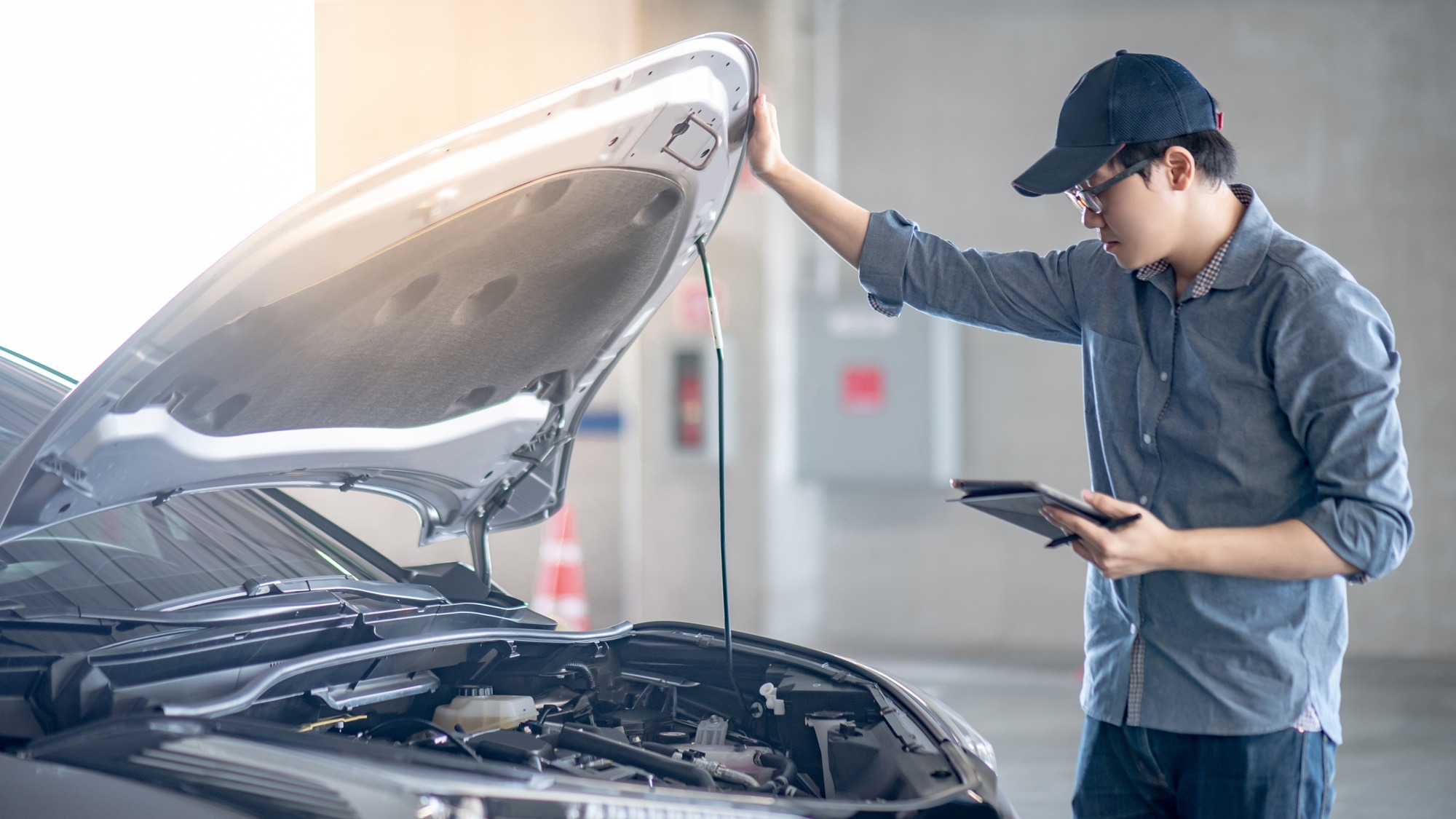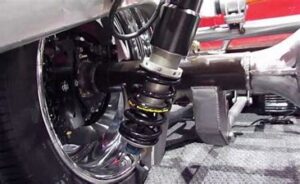The engine in your car is like its beating heart, and the crankshaft position sensor is its vigilant keeper, making sure everything runs well. One reason your automobile can feel a little off-balance, sluggish, or prone to unplanned hiccups could be that the crankshaft position sensor needs some maintenance. But fear not we are going to set out on a mission to clarify the procedure for replacing this important part. By monitoring the crankshaft’s movements, the crankshaft position sensor acts like the conductor of an orchestra, directing the engine’s performance. The entire operation of your car may go out of tune if this conductor fails.

We’ll break down how to change crankshaft position sensor procedure into easy-to-follow steps in this guide. Your vehicle can be revitalized with just a few simple tools and a willingness to learn; you don’t even need to be an expert on cars. Join us as we explore the crankshaft position sensor if you’ve ever wondered about those unexplained engine glitches or slow starts. By the time it’s all over, you’ll know how important it is and have the self-assurance to replace it, giving your car’s performance a more seamless, harmonic rhythm once more. Let’s explore the realm of do-it-yourself car maintenance and give your engine a well-deserved tune-up!
Table of Contents
Crankshaft Position Sensor In Your Car: Meaning?
The crankshaft position sensor is the choreographer for the complicated dance of a car’s engine. However, make sure every action is precisely timed. Consider the engine of your car as a symphony. Additionally, the crankshaft acts as the conductor’s baton, precisely guiding the performance. Situated next to the engine’s crankshaft is a compact yet powerful gadget called the crankshaft position sensor. Its responsibility is to monitor the position and speed of the crankshaft’s rotation. The engine control module (ECM), which serves as your car’s brain, receives this information. Consider the ECM as the conductor that translates the sensor signals into a coordinated movement schedule for the engine parts.
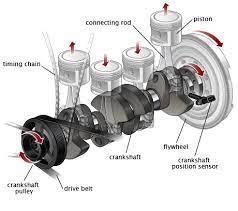
Why is this relevant? The functioning of your engine depends on the precise timing of ignition and fuel injection. By timing these operations perfectly, the crankshaft position sensor maximizes power delivery, fuel economy, and overall smooth operation. Simply, think of the crankshaft position sensor as the vigilant eye monitoring the pulse of your engine. Your car hums along smoothly when everything is working properly. If it fails, though, you may have hitches, stalls, or a loss of power. Maintaining the smooth operation of your car’s engine requires an understanding of this sensor’s function.
Common Causes For Changing The Crankshaft Position Sensor
However. before we see how to change crankshaft position sensor. Firstly, we’ll see its common causes in detail. The crankshaft position sensor in your car may be small, but it plays a huge part in the overall performance of your engine. This sensor coordinates the ignition and fuel injection timing of your engine like a watchful conductor, guaranteeing a seamless and effective running experience. However several problems can cause a sensor to fail, necessitating a replacement.
1. Wear And Tear:
Car parts deteriorate with time, just like your best pair of shoes. This also applies to the crankshaft position sensor. This sensor’s precision may be compromised by prolonged exposure to the challenging circumstances under your hood, temperature swings, and the overall strain of continuous operation. Its efficiency erodes with time, resulting in readings that are off and engine problems as a result.

2. Electrical Problems:
Crankshaft position sensor: an essential part of your car’s complex electrical dance. However electrical faults like weak connections, broken wiring, or malfunctions in the sensor’s internal circuitry can prevent it from sending precise data. It is time to think about getting a new sensor to get the smooth communication that is essential to the functioning of your engine back when the electrical signals start to malfunction or become irregular.
3. Pollution With Oil:
See the position sensor on your crankshaft as a detective, keeping a careful eye on the crankshaft’s movements. Add oil contamination to the mix, and the situation becomes similar to a detective working to solve a case with hazy evidence. Seepage or leaks of oil might affect the sensor’s performance, causing inaccurate position tracking. Consequently, this influences the accuracy of ignition timing, leading to problems such as harsh idling or stalling.
4. Signs Of A Malfunctioning Sensor:
Recognizing the symptoms of a failed crankshaft position sensor is essential for prompt repair. Unpredictable engine behaviour, trouble starting, or unexpected stalls while driving are some symptoms. The sensor may be experiencing trouble if you observe your engine acting strangely, such as stumbling, pausing, or performing poorly.
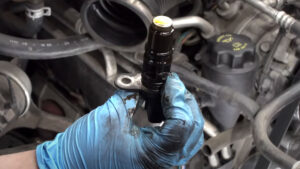
Therefore, to put it simply, the crankshaft position sensor has to be changed when wear, electrical malfunctions, or problems with lubrication impede its capacity to properly conduct the engine’s symphony. Acknowledging these typical reasons and their corresponding signs enables you to deal with the underlying issue, guaranteeing a more dependable and seamless operation of your car.
How To Change Crankshaft Position Sensor In Your Car?
Though it may seem like a difficult process, changing your car’s crankshaft position sensor is quite simple! You can do this do-it-yourself project and get your engine running smoothly again with a little help. Here’s a straightforward explanation in steps:
1. Determine The Location Of The Sensor:
Locate the engine bay’s crankshaft position sensor first. It’s usually located close to the engine’s revolving crankshaft. If in doubt, consult the owner’s manual for your car.
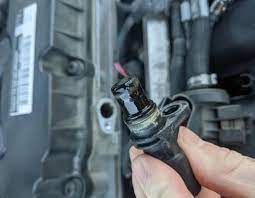
2. Cut The Battery Off:
Disconnecting the battery’s negative terminal will ensure safety. By doing this, any electrical accidents while working on the sensor are avoided.
3. Get To The Sensor:
To access the sensor, you might need to remove a few parts, depending on the model of your automobile. Covers, air ducts, and even electrical hookups can fall under this category.
4. Take Out The Old Sensor:
As soon as the sensor is visible, carefully unplug its power source. Next, undo any bolts holding the sensor in place with a wrench or socket. To remove the sensor from its housing, gently wiggle it.
5. Put The New Sensor In Place:
Carefully place your brand-new crankshaft position sensor into the casing. Securely tighten the bolts, taking care not to overtighten. Reattach the electrical connector. 6
6. Reassemble The Parts:
This is the moment to replace any pieces that you have to remove to reach the sensor. Make sure that every part is firmly attached.
7. Reattach The Battery:
Reassemble everything and replace the new sensor before connecting the battery’s negative terminal. The electrical system is then turned back on.

8. Error Code Clearing (If Necessary):
When a sensor is changed in some cars, error codes could be stored. To reset the system and remove any codes, use an OBD-II scanner.
9. Check Your Vehicle:
As soon as you start your automobile, hear any strange noises? To make sure that the engine runs smoothly and reacts to acceleration well, take it for a quick drive.
Congratulations! Your car’s crankshaft position sensor has been successfully replaced. By doing this job yourself, you may learn how to comprehend and take care of your car while also saving money. Keep in mind that every car type may have unique characteristics, so always refer to your handbook and adopt the appropriate safety measures. Have fun experimenting!
Conclusion:
Therefore, now that you’re aware of how to change crankshaft position sensor in your automobile, go from being an astonished motorist to a self-assured do-it-yourself expert. You now have command over the beating heart of your car by comprehending the function of the sensor and referring to the detailed instructions. Recall that maintaining a pleasant ride involves more than just changing a part; it also entails acquiring the knowledge and self-assurance necessary to keep your car running well. Thus, as you shut the hood, give yourself a pat on the back, and relish the fulfilment that comes from a properly tuned engine—a testament to your newly acquired expertise in the field of car maintenance. Enjoy your drive!
